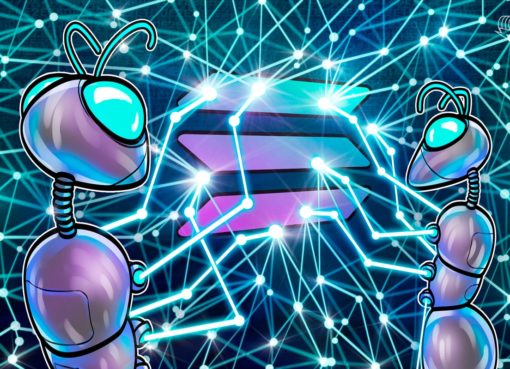The Lightning network might be key to the future of bitcoin, but it still has a long way to go in terms of user experience.
To tackle this issue, the standard known as Lnurl is quietly gaining ground. Without much fanfare, it’s been adopted in some of the most popular Lightning wallets including Zap, Phoenix, Breez, Blue Wallet and Wallet of Satoshi, as well as dozens of other apps.
Sending or receiving Lightning payments can often require a bit of set-up and a number of steps. Lnurl aims to simplify many common actions so that they instead require just a click or a QR scan.
Lightning payments are an experimental payment method that could greatly improve the Bitcoin network, making payments faster, cheaper, and more scalable. But so far, the user experience (UX) is even more confusing than Bitcoin’s, which, with its private keys that cannot be lost and jumbled addresses, is weird enough for the average Joe as it is.
That’s why developer and Bitcoin Lightning Wallet creator Anton Kumaigorodski decided to create a standard that would improve Lightning’s UX, hiding a bit more of the underlying complexity from users.
“I’ve noticed some clearly visible UX issues specific to Lightning Network wallets, all of them are solvable but require some kind of standard for wallets to converge on. Lnurl aims to be such a standard,” Kumaigorodski said.
The advantages include making it much easier to request “inbound liquidity,” meaning the user needs to make sure enough bitcoin is in the right spot in the network in order to receive payments, which is one of the more common and troubling UX problems for users. It also cuts out a couple of steps when sending money in a few common scenarios.
Receiving funds
This is a lot of information that someone needs to know before using Lightning, making it a pain to use, especially compared to more intuitive mainstream alternatives such as Venmo or PayPal.
For example, to use Lightning, a user needs to put some of the bitcoin into the second-layer network by opening a “channel” with someone else. Say Alice deposits one bitcoin on her side. If Bob, her counterparty, has no money on his side, then she doesn’t have “inbound capacity.”
This means she can send payments but can’t accept them.
To fix this, Alice would need to open a channel with someone who has bitcoins on their side.
This is an obvious roadblock for easy payments over the network. Many new users open a channel, then run into the problem that they can’t accept payments and aren’t sure what to do.
A number of services such as Lightning Loop and Bitrefill’s Thor have launched to help users retrieve inbound capacity.
With Lnurl (specifically, the part of the standard called Lnurl-channel) the process is greatly simplified, making these services a bit more automatic. A user just clicks a link to pay a little bit of money to retrieve more inbound capacity.
“You could scan a QR code and request an incoming channel from a service,” Lightning and Bitcoin Core contributor Tim Akinbo said.
The Breez wallet, for instance, adopted ln-channel in its point-of-sale app so merchants can top up their inbound capacity by scanning a QR code or clicking a link.
“No IT know-how is required,” Breez CEO Roy Sheinfeld said.
Moving funds around
Another piece of the specification, Lnurl-withdraw, also makes it easier to move funds around.
Say you earn some bitcoin in a Lightning app (a “lapp” in Bitcoin lingo). Maybe you win a few cents worth when playing the game Bitcoin Bounce, or someone tips you on Twitter via Tippin. The pocket change you receive will initially be stored in the app.
However, say Alice wants to move her money from a game to her wallet so it’s under her control or so she can spend it elsewhere (such as to automatically dispense food to chickens over the internet and watch them eat it over webcam). Without Lnurl, sending the funds to her wallet takes several steps.
First, she needs to create an invoice in her wallet. Then she copies the long, jumbled string of letters and numbers generated to identify where the funds are to be sent. She switches over to the game, clicks on the withdrawal page, pastes in the invoice and clicks send.
Lnurl potentially reduces this process to a simple scan in the app from which she’s moving funds away.
“One of the improvements include the ability to simply scan a QR code and withdraw funds from a service directly to your wallet, without the pesky workflow of generating an invoice and then submitting it,” Akinbo said.
It’s worth noting that so far this standard only works in the wallets and apps that support it. The more wallets that use this standard, the better, Kumaigorodski said. Every service that adopts it will ease the process for users, doing a small part toward making the Lightning network easier to use for mere mortals.
Disclosure Read More
The leader in blockchain news, CoinDesk is a media outlet that strives for the highest journalistic standards and abides by a strict set of editorial policies. CoinDesk is an independent operating subsidiary of Digital Currency Group, which invests in cryptocurrencies and blockchain startups.




